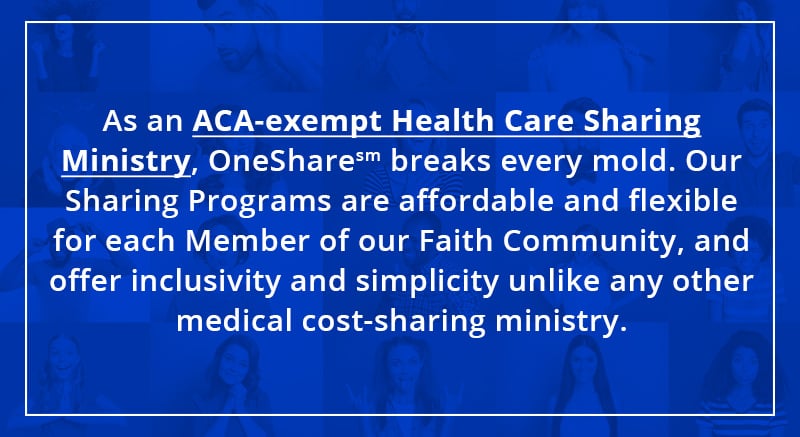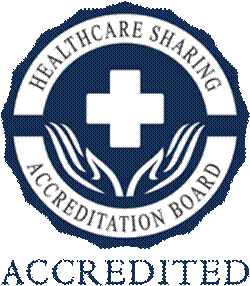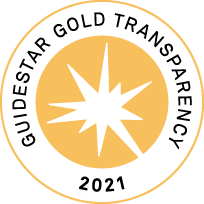CPR is a crucial, life-saving technique for emergencies. Performing CPR on an adult requires precise steps to maximize the chances of survival. Here's a guide on how to correctly administer CPR to an adult.
Understanding first aid and safety can save a life, and CPR (cardiopulmonary resuscitation) is one of the most crucial skills you can learn. This guide focuses on performing CPR on adults, providing you with the knowledge and confidence to act in an emergency. For information on administering CPR to younger age groups, please refer to our guides on CPR for toddlers and infants.
When an adult experiences cardiac arrest, every second counts. Knowing how to correctly perform CPR can double or even triple their chances of survival. Let's dive into the essential steps, ensuring you are prepared to help in these critical moments.
Watch this demo from the American Heart Association on how to give CPR to an adult.
Steps to Perform CPR on an Adult
Assess the Situation
First, quickly assess the situation to determine if CPR is needed. Check if the person is responsive by tapping their shoulder and shouting, “Are you okay?” If there is no response, immediately call for emergency help or have someone else call while you begin CPR. Speed is crucial in these situations.
Prepare the Individual
Place the unresponsive person on a firm, flat surface. Kneel beside them and make sure their airway is open by placing one hand on their forehead and gently tilting their head back. Use your other hand to lift the chin. This helps ensure that their airway is not blocked.
Start Chest Compressions
Next, begin chest compressions. Place the heel of one hand on the center of the person’s chest, right between the nipples. Place your other hand on top of the first and interlock your fingers. Keeping your arms straight, press down hard and fast, compressing the chest at least 2 inches deep. Allow the chest to return to its normal position between compressions. Aim for a rate of 100-120 compressions per minute, which matches the beat of the song “Stayin’ Alive” by the Bee Gees.
Give Rescue Breaths
After 30 chest compressions, you need to give two rescue breaths. Ensure the airway is still open by keeping one hand on the forehead and the other lifting the chin. Pinch the person’s nose shut, take a normal breath, and cover their mouth with yours to create a seal. Blow into their mouth for about one second, watching for their chest to rise. Give a second breath after allowing the chest to fall.

Continue CPR Cycles
Continue the cycle of 30 chest compressions followed by two rescue breaths. Maintain this pattern until emergency medical professionals arrive or the person shows signs of life, such as coughing, breathing normally, or moving. If you are alone and haven’t called for help yet, do so after two minutes of CPR by quickly dialing emergency services, then immediately return to continue CPR.
Remain Calm and Monitor
Throughout the process, it is important to remain calm and focused. It’s normal to feel anxious, but your actions can save a life. If at any point the person starts to breathe normally, place them in the recovery position by turning them onto their side with their head tilted back slightly to keep the airway open. Monitor their breathing and be prepared to resume CPR if necessary.
Learning how to perform adult CPR is a crucial skill that can make a significant difference in emergencies. Consider taking a certified CPR course to practice these techniques under the guidance of a trained instructor. This hands-on experience will build your confidence and ensure you are well-prepared should you ever need to use these life-saving skills.
By taking the time to learn and practice CPR and other basic first aid, you equip yourself with the ability to make a profound impact in someone's life. It is an act of service and love, reflecting the values of compassion and care for others. Remember, in every moment of crisis, you have the power to be a hero.



.png)
.png)
.png)




